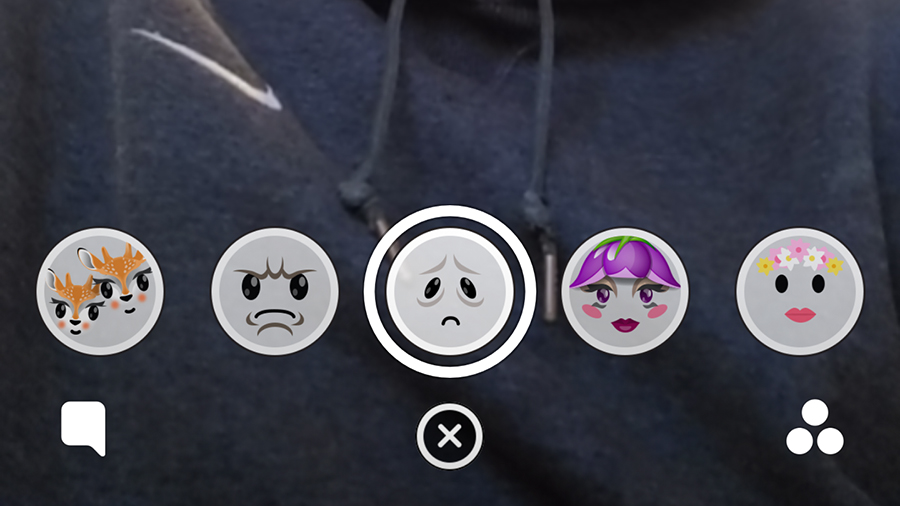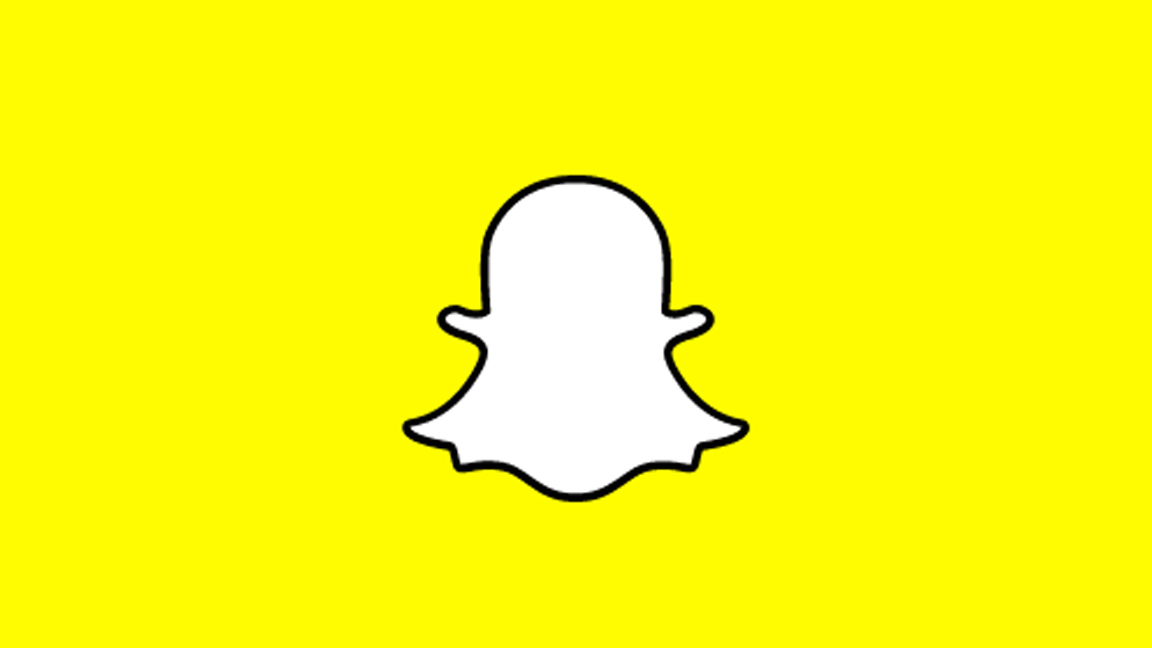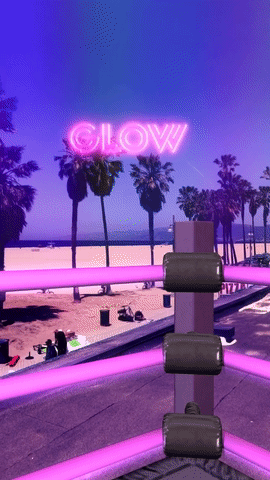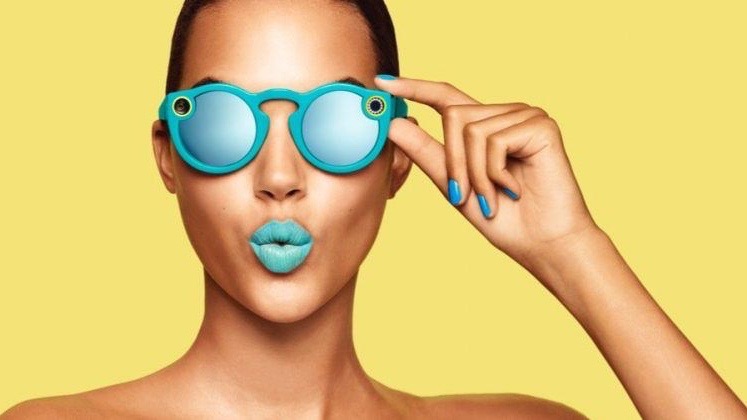Snap looks like a ghost of its former self but that doesn’t mean it’s dead
Stop the investors from phoning in the ghost busters

If could be a fly on the wall of the latest Snap Inc’s investors meetings we imagine they’d all look like they’re using the Snapchat Frown lens. Sadly, though, it’s just their faces after the announcement of the company’s second quarter results.
After reporting more than $400m (£310m) in quarterly losses and disappointing user figures, Snap’s shares fell 14%. The stock price which was at a reasonably healthy $17 when the company went public in March has now tumbled below $14 and the sales of Snapchat Spectacles have started to dry up despite being available to buy in more places than ever.
This in conjunction with the fact that many of Snapchat’s best features are being adopted and used more successfully by competitors like Instagram and Facebook means Snap Inc is having a tough time at the moment. Even Twitter is looking on in sympathy.
Tough times
As easy as it is to sound the death knell, put on a crying lens and declare that it’s the end for Snap and Snapchat, this could easily just be growing pains for the company after rushing its IPO.
The first and most obvious thing for Snap to do now that it’s a public company is to act more like one.
Though Evan Spiegel has said that he has a long-term plan for Snapchat, and is refusing to sell his shares in an attempt to show he has faith in his company’s future, this probably isn't enough for investors.

Snapchat is now a company that has to prove it’s growing and simply saying that there’s a long-term plan to do so isn’t going to be enough.
Sign up for breaking news, reviews, opinion, top tech deals, and more.
Snapchat isn't growing into other markets and Spiegel has justified this by stating that the cost of growing into these new markets and supporting the new users would be much higher than what could be made from them in ad revenue.
Slow to grow
This doesn't seem unreasonable but at the very least Spiegel has to appear to be reaching out more to his existing and potential users, whether that’s asking them what kind of features they’d like to see or simply communicating to them what Snap’s goals are as a company and why they should engage with Snapchat over other social media platforms.
We get used to things like Snapchat and, once they’ve been on our phones and in our lives for a while, we take them for granted. At a certain point they just become another means of communicating.
Mark Zuckerberg constantly communicates Facebook’s mission as a company – he’s made Facebook not just a digital means of communicating, but a very visible and active presence in our society that has intentions for itself and us. We may not always agree with them but we know about them.
By being opaque and simply promising “fun” things are coming and that “a lot of progress is being made”, Spiegel isn’t giving his users any reason to care about the continued existence of Snapchat right now.
Clarity and communication

If that little yellow square disappears from your phone you’ll simply find another way to post that story – through Instagram, perhaps. Spiegel needs to make people care about Snapchat by re-communicating its purpose and place in their lives and explaining why, if they don’t have it now, they’re going to want it soon.
The worst thing that could come from Snapchat failing to remind its users why they should stay on board, for example, is that advertisers and content partners will start to feel the same way.
One of Snapchat’s biggest strengths in terms of making money is in its advertising revenue.
If Snapchat can’t grow its users by the large amount investors want it to, at the very least it has to squeeze the ones it does have for all they’re worth.

In fairness to Snap, like Pokemon Go, Snapchat probably doesn’t need to be used by every person in the world, it just has to make a reasonable amount of money from the wealthy markets in which it’s already popular. This is a figure that’s actually grown since 2016 so Snap must be doing something right here.
Snapchat has many ways of making money from clever partnerships, from sponsored lenses and geofilters to outright ads. Ads in the form of lenses and filters grate slightly less, perhaps because they’re interactive and feel like they’re actually adding to the app rather than inhibiting its use. This makes them the ideal way to engage with younger users.
All about ads
It’s the Discover section, however, that’s truly valuable. It’s a part of Snapchat where advertisers can purchase space knowing that they’re going to be appearing alongside respected original content creators and professional outlets.
It’s almost like the Digital era version of placing your ad in the pages of a glossy magazine and it’s so attractive and lucrative that rumors suggest Google is trying to copy it with something called Stamp. Facebook too appears to be trying something similar with its new Watch feature.

Snapchat could really help itself by taking advantage of the fact that it has a head start in this area not only in terms of establishing relationships with content creators and advertisers but also in gathering data to prove what works with what users.
Interestingly, it was reported earlier this month that Google is considering offering a large amount of money to acquire Snapchat. Facebook has made an offer previously which Snap rejected and at the time this was probably the right decision, but this could be the right time and Google could be the right company.
Snap and Google working together could certainly be beneficial, not just to Snap but also to Google. Being bought by a company that’s predominantly a social media platform like Facebook would no doubt have been terrible for Snapchat’s individual identity but working with Google has the potential to be a different route.
The Google effect
At the moment, Google doesn’t have a social media network that’s actually popular and the digital advertising opportunities that could come from Snap and Google working together are worth considering.
Google could benefit from Snap’s mainstream popularity and reputation with younger users, while Snap could benefit from Google’s technology resources in AR and its data.
Together they could finally create the consumer-focused Google Glass (Snap Glass?) that sticks. Even bringing Snap and the YouTube arm of Google together would be another potentially profitable move.

Snap and YouTube working together would solve problems that both platforms are facing with their users – Snap feels too ephemeral and not quite right for watching longer original content while YouTube doesn’t offer its profitable content creators a way to connect with their viewers that feels instant and personal. Bringing their features together could create a video-focused eco-system that appeals to video bloggers and their fans for a multitude of reasons.
At the moment, though things don’t look entirely promising for Snap it’s hard to say that the only way is down. We'll get a better idea of how things look from the inside when the company's employees are allowed to sell their stock next week.

Emma Boyle is TechRadar’s ex-Gaming Editor, and is now a content developer and freelance journalist. She has written for magazines and websites including T3, Stuff and The Independent. Emma currently works as a Content Developer in Edinburgh.